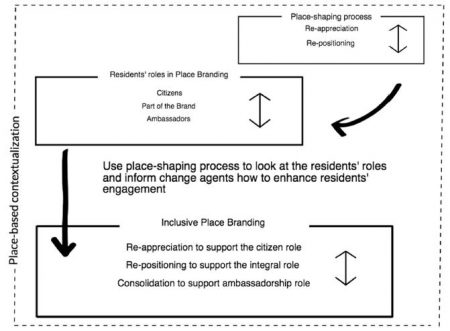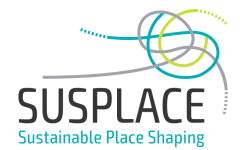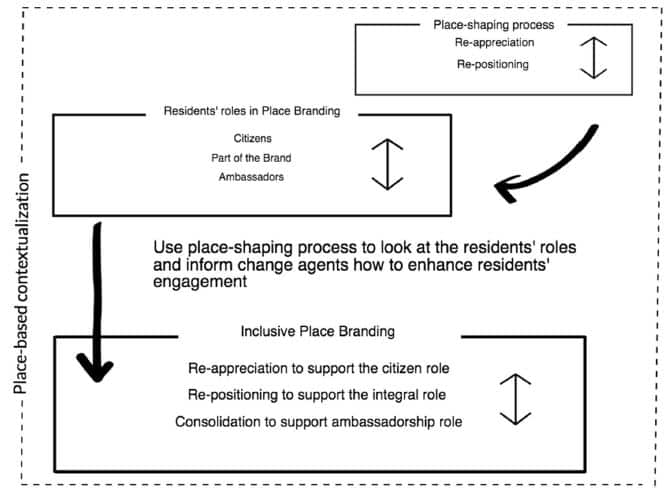Catia Rebelo is PhD-candidate at the Sustainable Places Research Institute of Cardiff University. From April 1, 2016, until March 31, 2019, she was appointed at the research project Place Ambassadors of the MSCA ITN programme SUSPLACE.
This paper discusses the importance of co-created visual narratives in developing participatory and inclusive place branding. We refer to the need for a socially responsible approach when considering place branding policies and practices. For this purpose, we develop and empirically apply a novel framework with four interconnected phases comprising place-based contextualization, re-appreciation, re-positioning, and consolidation of residents’ perceptions, experiences and aspirations to develop and initiate inclusive place branding processes. Using participatory research and collaborative visual methods, we worked with a group of residents in Carvalhal de Vermilhas, Portugal. This work stimulated the co-development of collective agency to consider narratives, values and identities to be articulated for creating and promoting more inclusive representation of place in a (hypothetical) branding exercise. The framework application as well as its challenges and limitations, particularly in co-creation processes, were critically deliberated at all phases. Collaborative visual techniques from our analysis emerge as valuable participatory tools for researchers towards improving residents’ participation in place branding, and therefore contributing towards a more inclusive form of this practice. However, we are also aware of the perils associated with communities’ opening up their pristine heritage to touristic ventures, and hence suggest considering the importance of sustainable place-shaping in all branding decisions.
Keywords: Inclusive place branding · Sustainable place-shaping · Collaborative visual methods · Participatory action
research · Citizen engagement · Transformative agency


